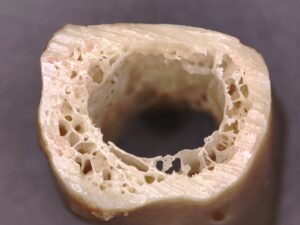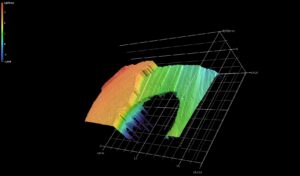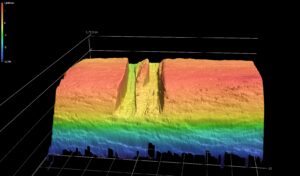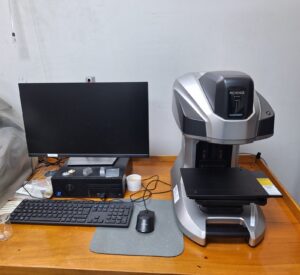
Profilometer: astronomical technology at the service of other sciences
Designed to measure the topographic accuracy of a surface such as antenna or waveguides, for example, today the profilometer of the Center for Astrophysics and Related Technologies (CATA) also becomes a key ally for forensic investigations in anthropology.
From its position at the Millimeter and Submillimeter Wave Laboratory of the University of Chile (MWL), laboratory directed by the Associate Researcher, Ricardo Finger, the CATA profilometer has been a fundamental piece in the construction of highly complex instruments for Chilean astronomy. But its reach has gone far beyond that. Today, this precision technology is making it possible to explore the impact of fluvial abrasion on human skeletal remains, an application that seemed unthinkable, but which opens a new chapter for interdisciplinary science.
“The profilometer is a tool that allows us to measure with extremely high precision the topography of a surface, detecting even the smallest roughness or marks,” explains Franco Curotto, Senior Engineer and Head of CATA’s Laboratory. “In astronomy we use it to verify that antennas, polarization dividers, waveguides and other critical components meet minimum tolerances. But that same ability to detect microvariations makes it useful for many other fields.”
One of these new fields is forensic anthropology. Javiera Olivares, a fifth-year Physical Anthropology student at the University of Chile, is using the profilometer for her undergraduate thesis, which analyzes how trauma marks on human bones change when exposed to fluvial environments, such as rivers or wetlands, after violent crimes such as dismemberment. “The profilometer allows us to capture the surface of the bone before and after it has been submerged in water with sediment,” explains Javiera. “This way we can see how the traces of cuts or impacts are altered, and if that abrasion erases key evidence that would allow us, for example, to identify the type of weapon used. Without this level of precision, those details could be lost.”
In her thesis, Javiera subjects bone fragments to simulations of fluvial exposure for 24, 48, 72 and 96 hours. Then, using the profilometer, she analyzes the topographic changes on these bone surfaces. Her goal is to determine whether alterations caused by water and sediment could compromise subsequent forensic analysis.
“The profilometer’s ability to generate a detailed three-dimensional model is key in this process,” adds Curotto. “It allows you to see exactly how much a surface has been worn, which marks remain, which ones are smoothed or disappear. And all that with a level of precision that, in science, can make the difference between an assumption and a conclusion.”
This case illustrates how a tool developed for astronomical purposes can become a decisive instrument in the understanding of human and social phenomena. Moreover, it shows how CATA’s infrastructure, designed to observe the universe, can also contribute to solving earthly questions.
“When I went to the Cerro Calán lab and learned about the profilometer, I was surprised that something designed for metal or acrylic telescope parts could also be useful for human bones,” says Javiera. “But it makes perfect sense. In the end, a bone surface also has reliefs, textures, roughness, and that is what we are trying to understand”.
Javiera expects to finish her research in December of this year, thanks to the support of her guiding professor Constanza Torres, professor of the Department of Anthropology of the Faculty of Social Sciences of the University of Chile, contributing not only to the knowledge in forensic anthropology, but also to consolidate the value of interdisciplinary work in science. A precision profile that, from the stars, now also helps to understand what happens in human remains.
Recent news
-
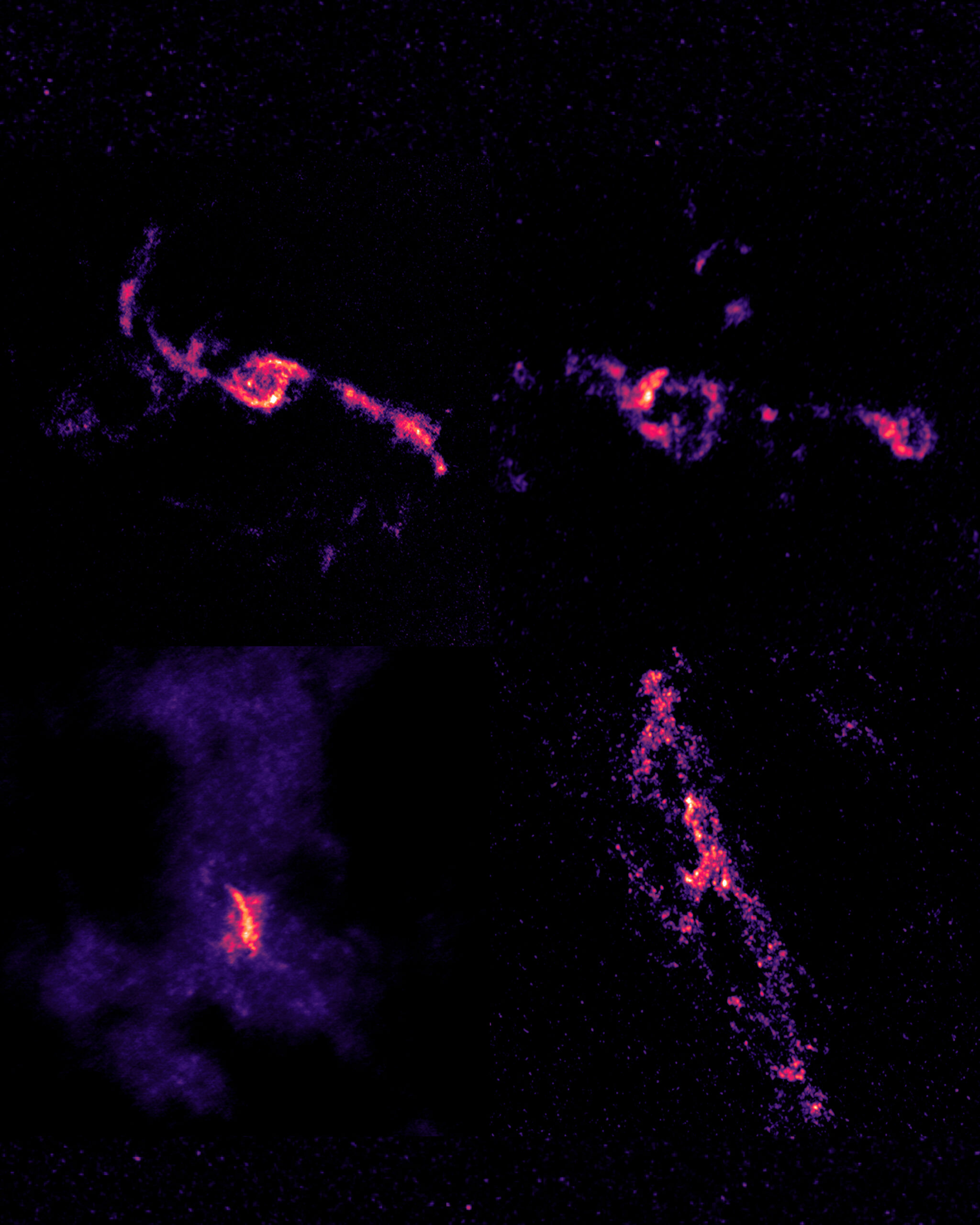 Publicado el: 22/12/2025International study reveals that black holes feed selectively
Publicado el: 22/12/2025International study reveals that black holes feed selectively -
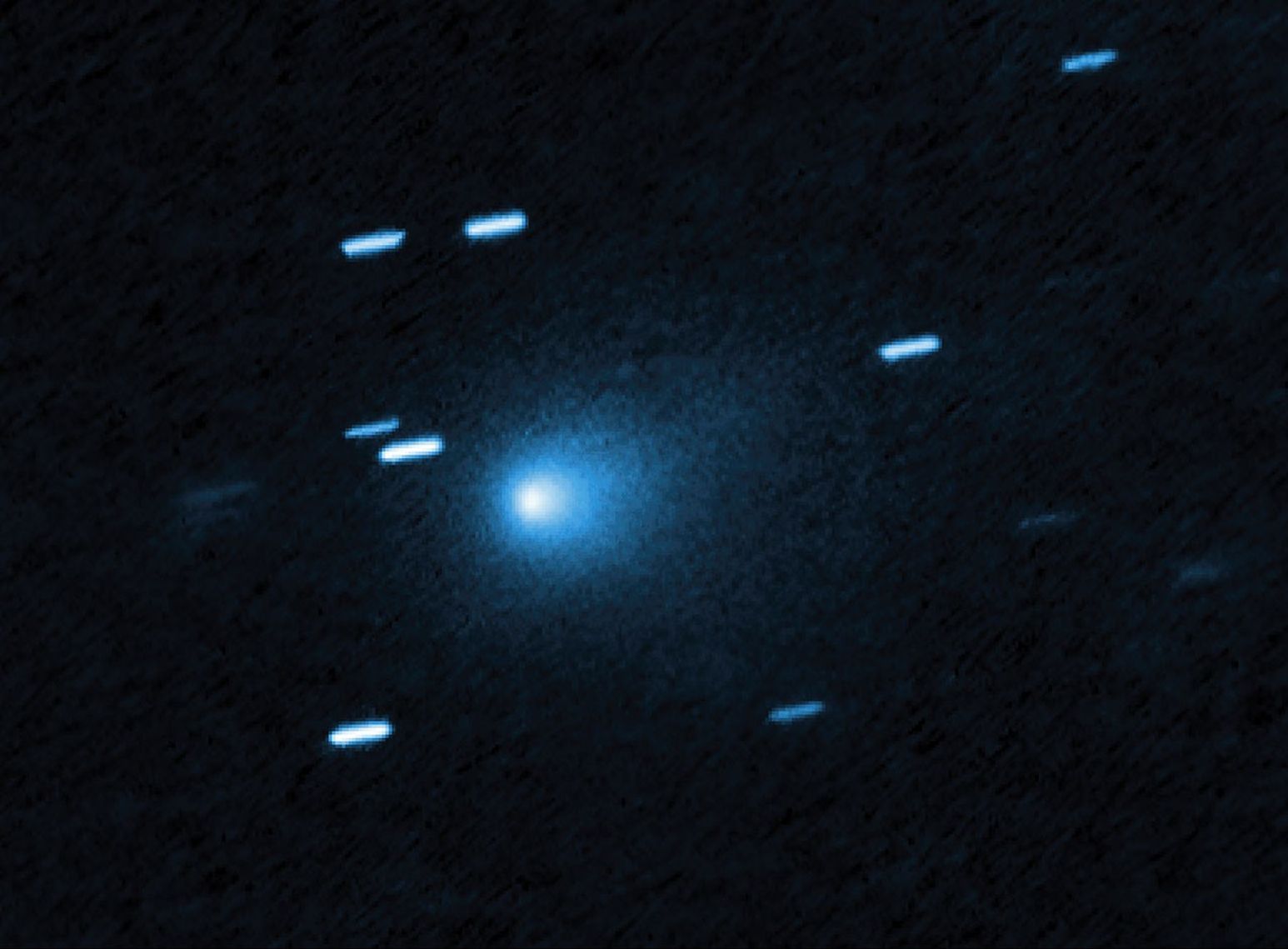 Publicado el: 20/12/20253I/ATLAS: the interstellar comet approaching Earth and what is known about it
Publicado el: 20/12/20253I/ATLAS: the interstellar comet approaching Earth and what is known about it -
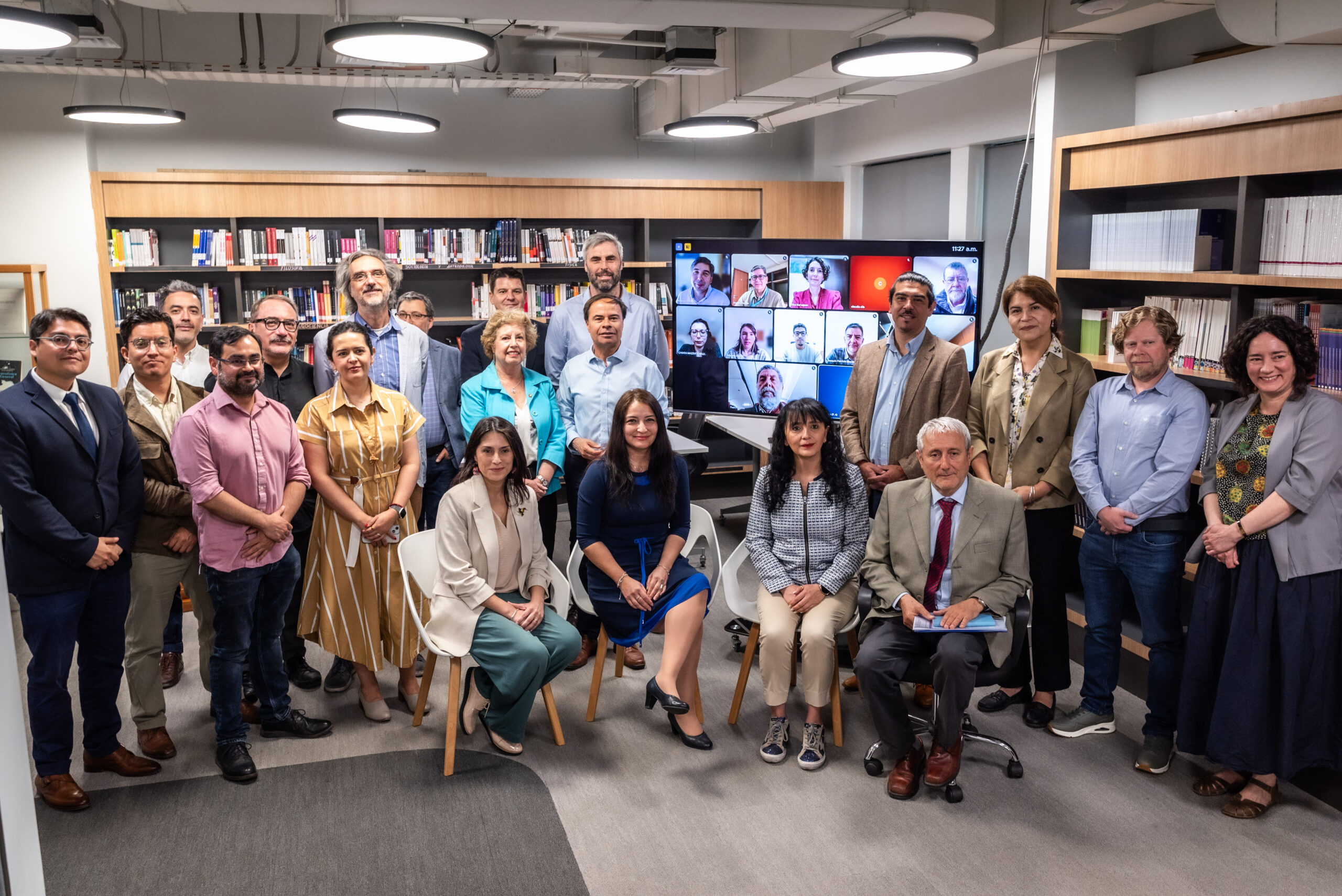 Publicado el: 18/12/2025Ministerial Advisory Committee for Astronomical Observation submits its final report
Publicado el: 18/12/2025Ministerial Advisory Committee for Astronomical Observation submits its final report -
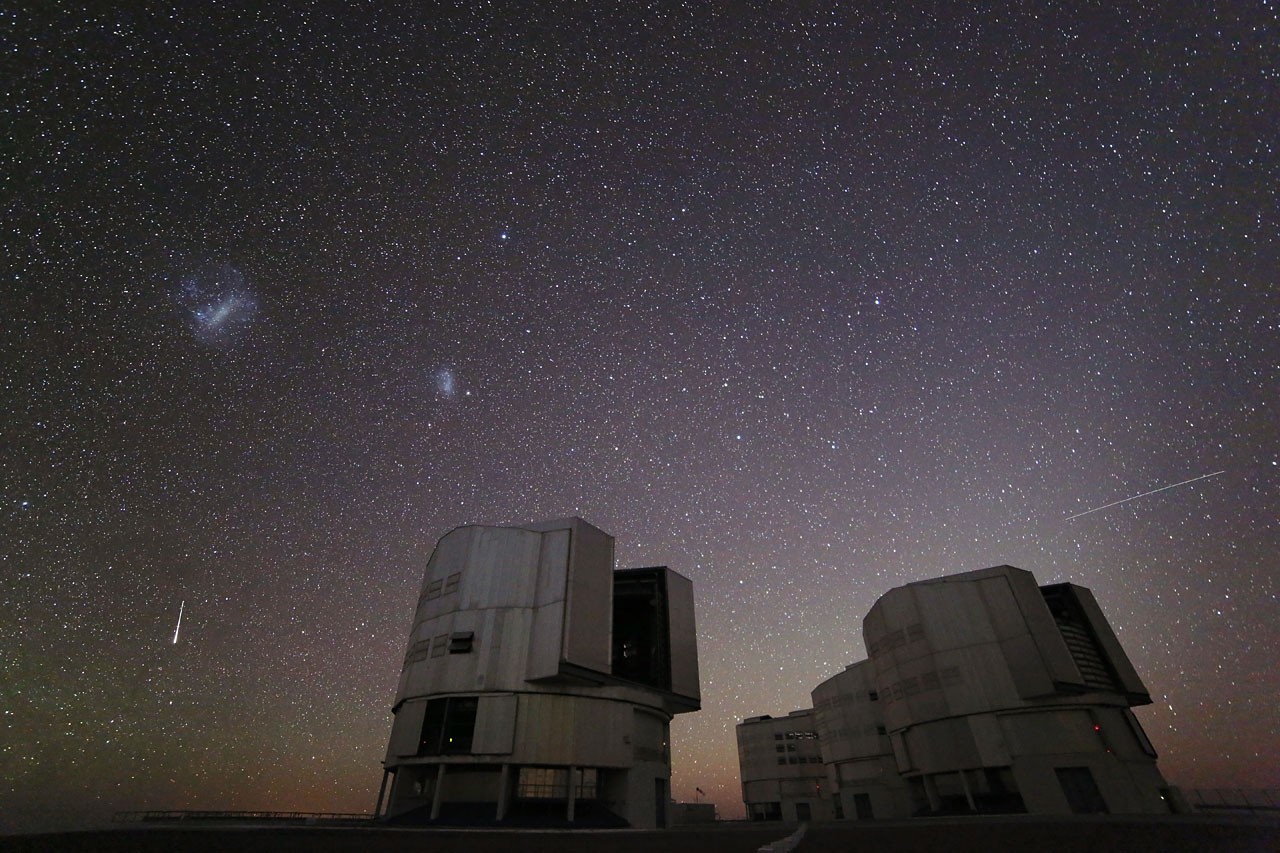 Publicado el: 13/12/2025Geminids 2025: facts and how to observe the last meteor shower of the year
Publicado el: 13/12/2025Geminids 2025: facts and how to observe the last meteor shower of the year -
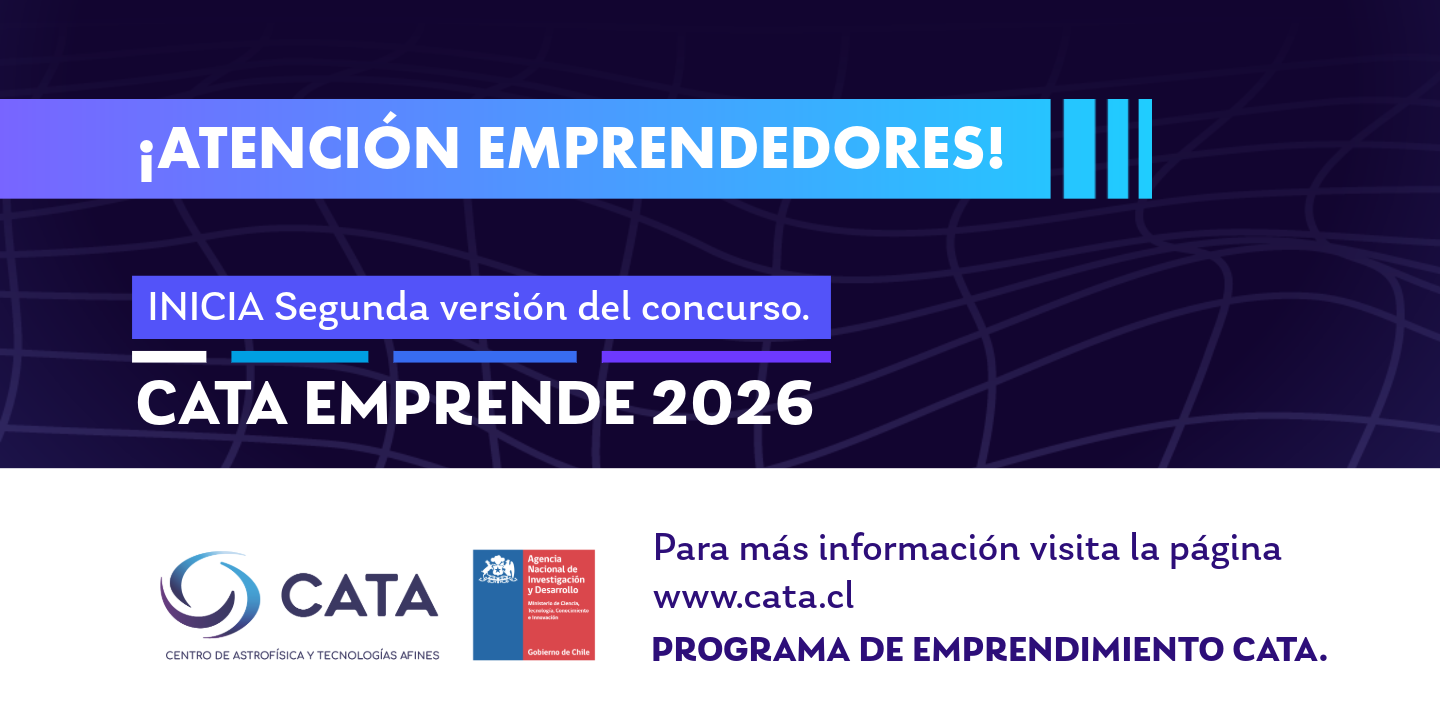 Publicado el: 12/12/2025Call for applications for the CATA Emprende 2026 program now open
Publicado el: 12/12/2025Call for applications for the CATA Emprende 2026 program now open
Categories list
- Acknowledgments 21
- Astrobiology 6
- AstroCluster 1
- Black holes 20
- Corporativo 58
- Cosmology 5
- Descubrimientos 23
- Disclosure 74
- Exoplanets 14
- Extension 7
- Galaxies 22
- Galaxies formation 6
- Inter y Transdisciplina 4
- Local Universe 17
- Publications 6
- Sin categorizar 34
- Solar System 23
- Stellar formation 8
- Technology 16
- Technology Transfer 18
